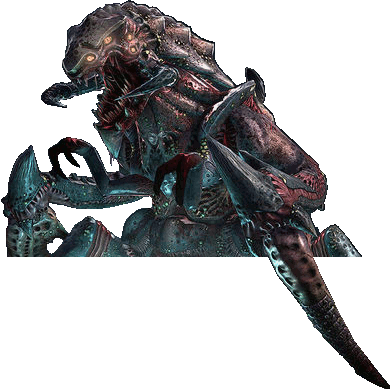Dealing with submodules
Heavy usage of submodules
The Unvanquished repository makes heavy usage of submodules, and submodules having submodules.
Most of the time, developers don't have to commit the submodules themselves. A submodule change that doesn't break compatibility does not strictly require to be committed.
Note
Please don't commit submodules in pull requests, as the submodule references may not exist after the pull requests are rebased and merged.
When a feature is split across more than one repository, submodules are expected to be committed after each pull requests has been merged.
For example if a pull request is split between Unvanquished and Unvanquished/daemon/. The daemon/ submodule is committed after pull-requests for both repositories are merged.
For a method of working that prevents to mistakenly commits submodule changes, follow the following instructions.
Dealing with submodules
Configuring Git to ignore submodules when diffing and committing
If you're contributing to the Unvanquished game, the parent repository is Unvanquished/. If you only contribute to the the Dæmon engine and the Dæmon repository is not a submodule, the parent repository is Daemon/.
In parent repository type this command:
git config diff.ignoreSubmodules all
This will remove all submodule changes from git diff and never commit any submodule change when doing git commit -am “message”.
Purposedly diffing and committing submodule changes
To explicitly list submodule changes and commit them you can then do:
git -c diff.ignoreSubmodules=none diff git -c diff.ignoreSubmodules=none commit -am "message"
Doing a splitted pull-request
You need to do a splitted pull-request if you have changes in multiples repositories and requiring each others.
You will have to be a developer with repository write access, and you will have to push your branches using the exact same branch name, with /sync suffix. For example the branch would be named like username/feature/sync.
The CI automatically fetches submodule <something>/sync branch when building parent <something>/sync branch.
For example if you modify both Unvanquished/ and Unvanquished/daemon/ and the changes in Unvanquished/ requires changes from Unvanquished/daemon/ to build, you need to do a splitted pull request. You would push both your Unvanquished and Dæmon changes to upstream with a branch name like username/feature/sync. And the CI will automatically fetch the username/feature/sync branches of both Unvanquished/ and Unvanquished/daemon/.
Bisecting a tree with submodules
When bisecting the history, you may have to run git submodule update --init --recursive on every step.
While a submodule change that doesn't break compatibility does not strictly requires to be committed, frequent submodule commits makes easier to bisect the tree in the following time.
That's why from time to time we commit the submodules so we can bisect the commits committing the submodules. Such commits, only meant for making bisecting easier, are never done within a pull-requests.
Checking out across submodule creation/deletion
When you do a checkout that crosses a submodule creation/deletion boundary, the default behavior of git checkout no longer works reliably:
- If you go from before a submodule deletion (e.g. Unvanquished e7f250b0) to after it, its contents will be left in the working tree as untracked files.
- If you go from before to after a conversion of a submodule to a regular directory (e.g., Git will refuse to check it out at all.
- Going past the Daemon submodule introduction (Unvanquished d7dabfb6a; Feb 2017) tends to put the repo in a seriously broken state. None of the following advice can deal with that case.
git submodule update --init --recursive is no use in these cases, but they can be fixed by adding flags to git checkout:
-
--recurse-submoduleswill get it to clean up the deleted submodule properly, and also does the job ofgit submodule update -
--forceconvinces Git to go through with replacing the submodule with a regular directory. However, you run the risk of erasing unsaved work.
As a general method of safely and completely checking out a historical commit since the Daemon submodule introduction, try
[ -z "$(git status --porcelain || echo x)" ] && git checkout e7f250b0 --force --recurse-submodules
The checkout only proceeds if the status doesn't error and its output is empty, which indicates there are no modified or untracked files.
When using git bisect, the default is to automatically check out commits using Git's broken default behavior. You can take responsibility for checkouts yourself by using git bisect start --no-checkout, then git checkout --recurse-submodules --force BISECT_HEAD at each step.

